Lead Generation Dynamics
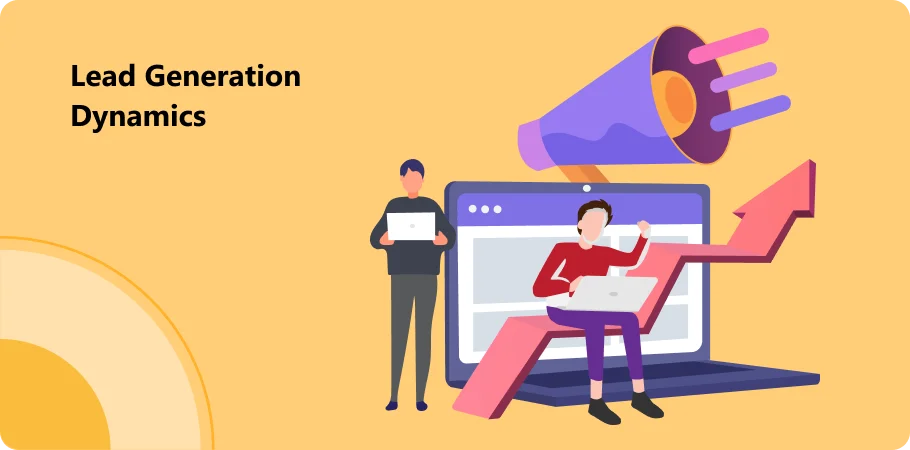
In the world of marketing, understanding lead generation dynamics is paramount for businesses aiming to convert prospects into paying customers. One crucial aspect of this process involves leveraging different types of sales funnels tailored to engage and capture the interest of the target audience effectively.
Sales funnels, also known as purchase funnels, represent the journey a potential customer takes from being aware of a product or service to making a purchase. Among the various types of sales funnels, the product launch funnel, webinar funnel, lead magnet funnel, and survey funnel stand out as effective strategies for guiding leads through the conversion process.
strategies for lead conversion process
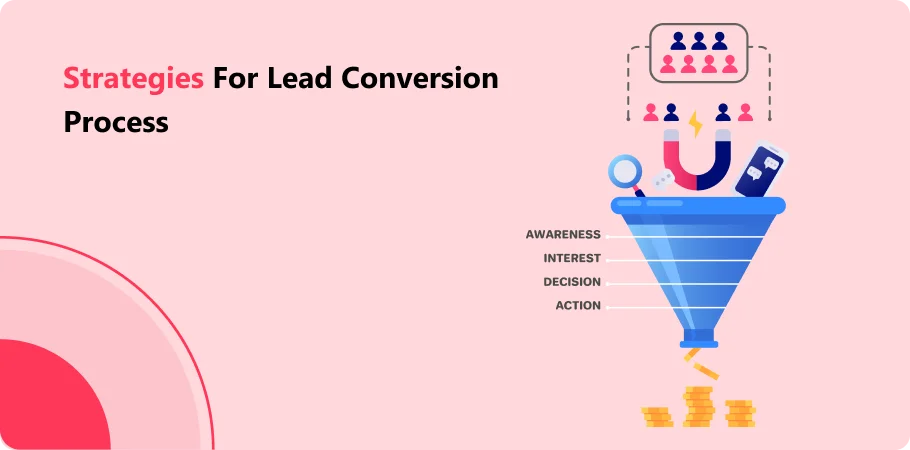
Product Launch Funnel: A product launch funnel is designed to create anticipation and excitement around a new product or service. By strategically unveiling features and benefits over a series of pre-launch content, businesses can generate buzz and drive interest, ultimately leading to successful product launches.
Webinar Funnel: Webinar funnels are instrumental in providing valuable educational content to prospects while subtly showcasing the benefits of a product or service. By offering free webinars on topics relevant to their target audience’s pain points, businesses can position themselves as industry experts and nurture leads through the sales funnel.
Lead Magnet Funnel: Lead magnet funnels entice prospects to exchange their contact information for valuable resources such as ebooks, whitepapers, or templates. By offering compelling lead magnets tailored to the needs of their target audience, businesses can build their email list and initiate personalized follow-up sequences to nurture leads towards conversion.
Survey Funnel: Survey funnels offer a unique opportunity to gather valuable insights into the preferences and pain points of potential customers. By engaging leads with surveys designed to uncover their specific needs and challenges, businesses can tailor their marketing messages and offerings to resonate with their target audience effectively.
Here’s a comprehensive guide to 10 essential sales funnels and insights into when and how to deploy them for maximum lead generation impact.
1. Product Launch Funnel
Purpose: Generate excitement and anticipation for a new product or service launch.
When to Use: Before a product or service launch to build buzz and capture early adopters. Ideal for generating a spike in initial sales.
2. Webinar Funnel
Purpose: Educate prospects while subtly promoting products or services through valuable content.
When to Use: To establish authority, educate leads on complex solutions, and nurture relationships with in-depth content.
3. Lead Magnet Funnel
Purpose: Offer valuable resources (ebooks, guides, templates) in exchange for contact information to build an email list.
When to Use: Attract cold leads by addressing specific pain points or offering solutions, initiating a relationship through targeted content.
4. Survey Funnel
Purpose: Gather insights into customer preferences and pain points through interactive surveys.
When to Use: Tailor marketing messages, refine products, or personalize customer experiences based on direct feedback.
5. Tripwire Funnel
Purpose: Convert leads into customers with a low-priced, high-value offer as an entry point.
When to Use: To turn leads into paying customers quickly and initiate the buying relationship with a small commitment.
6. Membership Funnel
Purpose: Offer exclusive content, services, or discounts in exchange for recurring membership fees.
When to Use: Build customer loyalty, generate recurring revenue, and provide ongoing value to engaged customers.
7. Reverse Squeeze Page Funnel
Purpose: Convert leads directly on the landing page before they opt in, typically with a compelling offer.
When to Use: To capitalize on highly motivated traffic or for time-sensitive promotions that require immediate action.
8. Video Sales Letter (VSL) Funnel
Purpose: Use a video presentation to explain the benefits and features of a product or service persuasively.
When to Use: For products or services that benefit from visual demonstrations or storytelling to enhance engagement and conversion.
9. High-Ticket Sales Funnel
Purpose: Guide leads through a longer, more consultative sales process for high-value products or services.
When to Use: For premium offerings that require trust-building, detailed explanation, and a personalized sales approach.
10. Automated Email Sequence Funnel
Purpose: Nurture leads over time with automated emails that deliver value, build rapport, and encourage conversion.
When to Use: To maintain engagement, educate leads, and move them through the sales funnel stages efficiently.
Exploring the AIDA Model in Sales Funnels
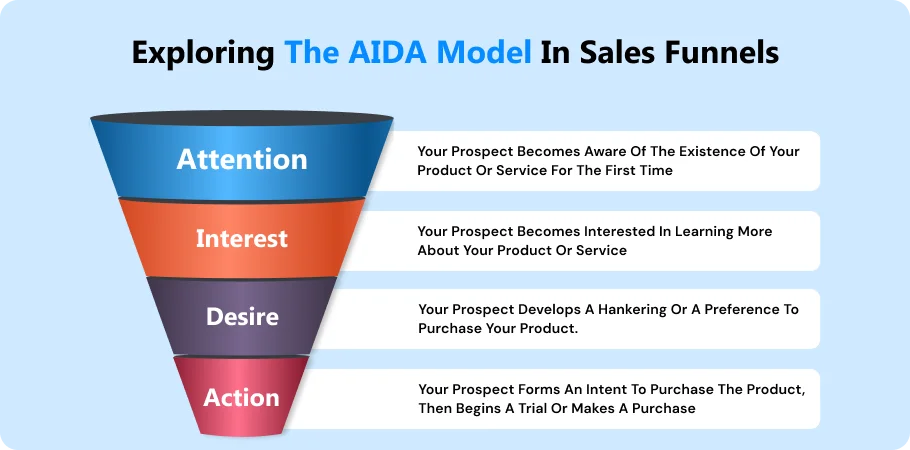
In the realm of marketing and sales, understanding the AIDA model—Attention, Interest, Desire, Action is crucial for guiding potential customers through the sales funnel towards becoming paying customers. This model helps businesses strategically craft their messaging and actions at each stage of the buyer’s journey.
Attention: Attracting the attention of potential customers is the first step in the AIDA model and the sales funnel process. Different types of sales funnels, such as the product launch funnel, webinar funnel, lead magnet funnel, and reverse squeeze page funnel, are designed to capture initial interest through compelling content and offers.
Interest: Once attention is captured, maintaining and nurturing interest is key. Webinar funnels, for example, provide valuable educational content that addresses potential customers’ pain points and interests, positioning the business as an authority in its industry.
Desire: Creating desire involves showcasing the benefits and value of the product or service. Lead magnet funnels, which offer valuable resources in exchange for contact information, effectively nurture potential customers by addressing their specific needs and desires.
Action: Finally, converting potential customers into paying customers requires a clear call to action. Whether it’s through a product launch funnel that drives excitement and urgency or a reverse squeeze page funnel that encourages immediate action, the goal is to guide leads towards making a purchase decision.
Each type of sales funnel plays a crucial role in guiding potential customers through the AIDA model and the sales funnel process. By understanding these dynamics and strategically implementing them, businesses can optimize their conversion rates and turn potential customers into paying customers effectively.
The Purchase Funnel: A Journey to Decision
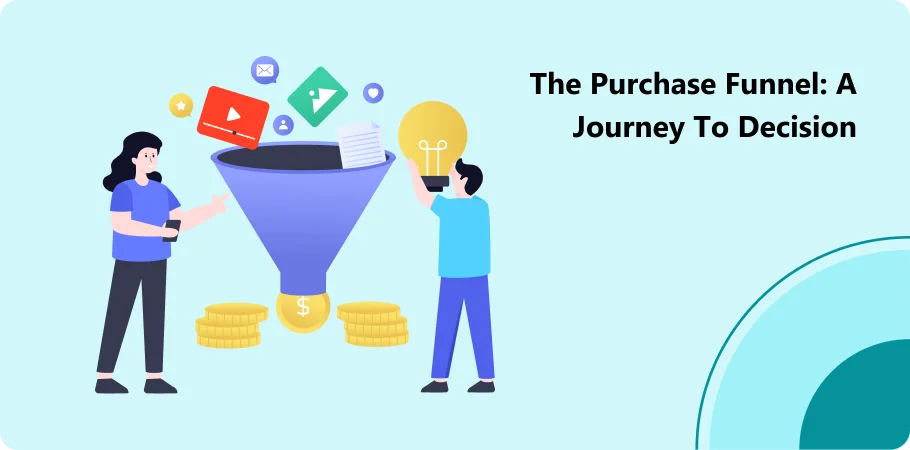
In marketing and sales, the purchase funnel represents the journey that potential customer take from awareness to making a purchase decision. Understanding and optimizing this funnel is essential for converting leads into paying customers effectively.
Awareness Stage: At the top of the sales funnel, potential customer become aware of a product or service through various channels. Types of sales funnels like the webinar funnel and the video sales letter funnel are designed to capture attention and generate initial interest. Webinar funnel provide educational content while video sales letter funnels use persuasive videos to highlight product benefits.
Interest Stage: Once potential customer are aware, maintaining their interest is crucial. Lead magnet funnels offer valuable resources such as ebooks or guides in exchange for contact information. These funnels nurture leads by providing relevant content tailored to their needs, guiding them further into the sales process.
Consideration Stage: During this stage, potential customer evaluate their options. Funnels like the live demo funnel allow businesses to showcase product features in real-time, addressing specific customer concerns and demonstrating value.
Decision Stage: Finally, at the bottom of the funnel, potential customer are ready to make a decision. Funnels such as the reverse squeeze funnel create urgency and encourage immediate action, while cancellation funnels provide an exit option with personalized offers to retain customers.
A successful sales funnel management integrates these stages seamlessly, guiding potential customer through each step of the sales process. By understanding the nuances of each type of sales funnel and aligning them with the needs and behaviors of their target audience, businesses can optimize their conversion rates and turn leads into paying customers effectively.
Webinar Funnels: Educate, Engage, Convert
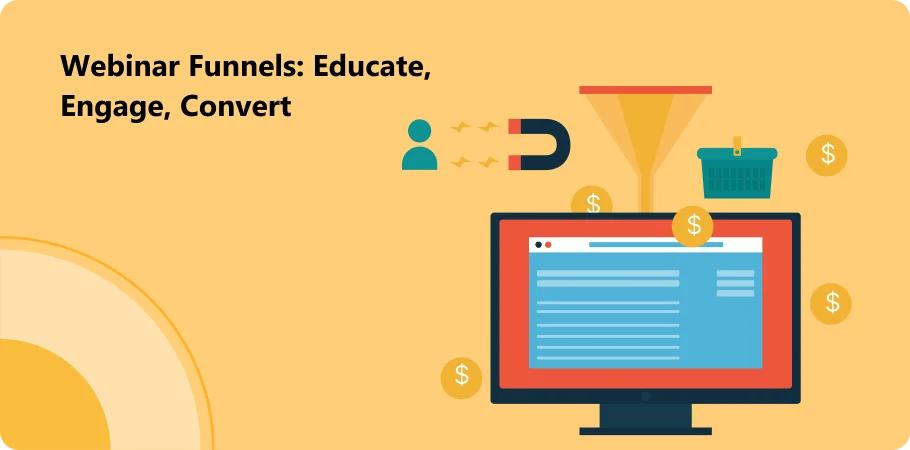
Webinar funnels are essential in online business marketing efforts for educating, engaging, and converting website visitors into paying customers. These funnels typically start with a funnel landing page or squeeze page designed to capture leads through compelling content or lead magnets. The webinar itself acts as a potent sales page, showcasing expertise and value while guiding potential customers through the sales process.
Techniques like reverse squeeze and cancellation funnels can create urgency and drive immediate action, effectively generating leads and boosting conversion rates. By leveraging webinar funnels in marketing strategies, businesses can optimize lead management funnel efforts, engage effectively with their audience, and convert leads into loyal paying customers.
Book a CrmOne Demo
Experience the CrmOne simplicity and power. Our experts will show you the best ways to use it and answer your questions in real time. See how CRMOne fits your needs.
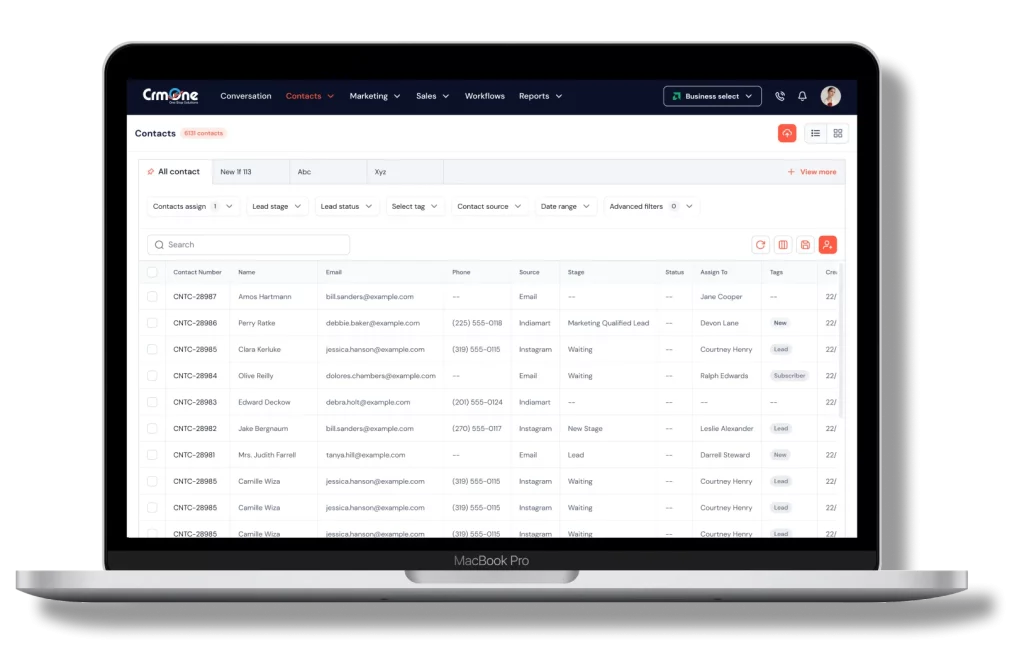
Crafting Effective Email Sequence Funnels
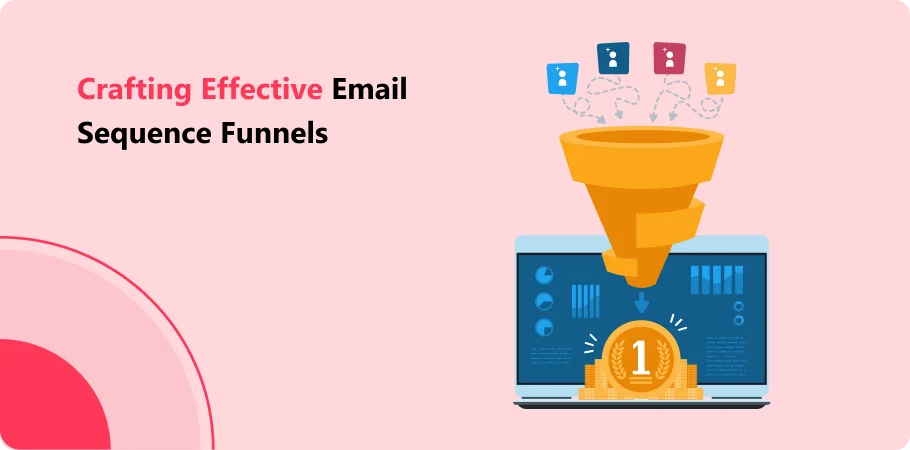
Crafting effective email sequence funnels is crucial in online marketing to convert leads into paying customers. These funnels, including various types of sales funnels such as cancellation funnel and webinar funnel webinars, start with compelling lead magnets on squeeze pages or landing pages.
The goal is to generate leads and guide them through engaging email sequences that mimic the stages of how a sales funnel works. By optimizing homepage funnel and squeeze page funnel strategies, businesses can effectively nurture leads and drive conversions.
Product Launch Funnels: From Buzz to Sales
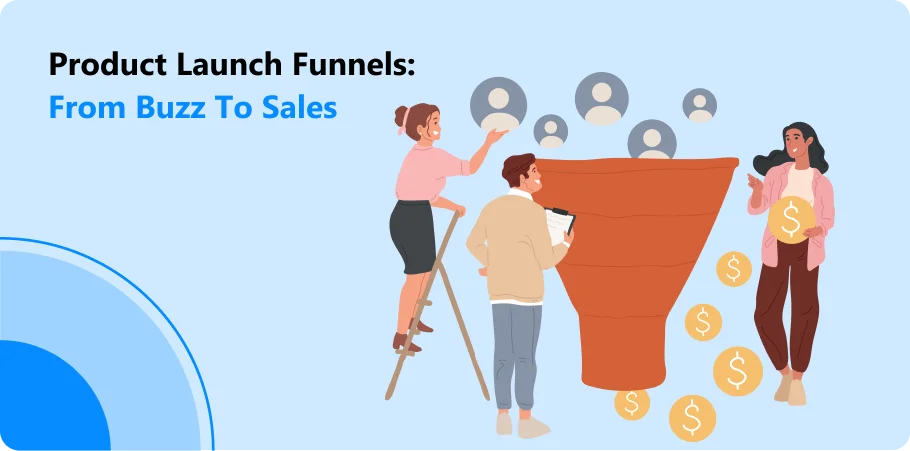
Product launch funnels are crucial for converting prospective customers into paying ones, utilizing various sales strategies. These funnels, including the first sales funnel and invisible funnel, start with opt-in pages or order form bumps to capture leads.
Effective funnel mapping guides potential customers through different funnel stages, incorporating post-purchase upsell offers to maximize sales. Each stage features a compelling sales pitch tailored to attract and retain customers, demonstrating the importance of understanding the types of sales and optimizing funnel strategies.
Building Loyalty with Membership Funnels
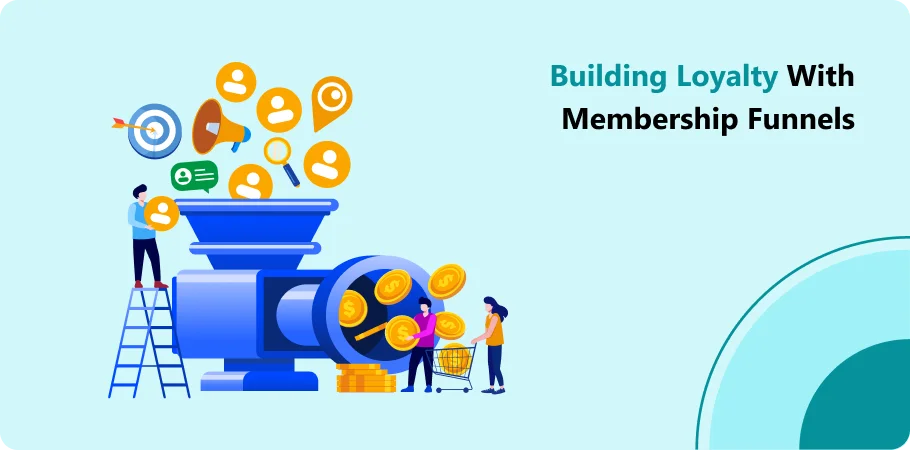
Building loyalty with membership funnels involves providing valuable content and exclusive discounts to both existing customers and new ones. These funnels guide customers step by step, from the pricing page to the confirmation page, encouraging them to explore higher priced products and high ticket items.
By incorporating strategies such as a robust social media presence, businesses can attract more leads and drastically reduce refunds, shaping a sustainable business model.
Tripwire Funnels: Rapid Conversion Strategies
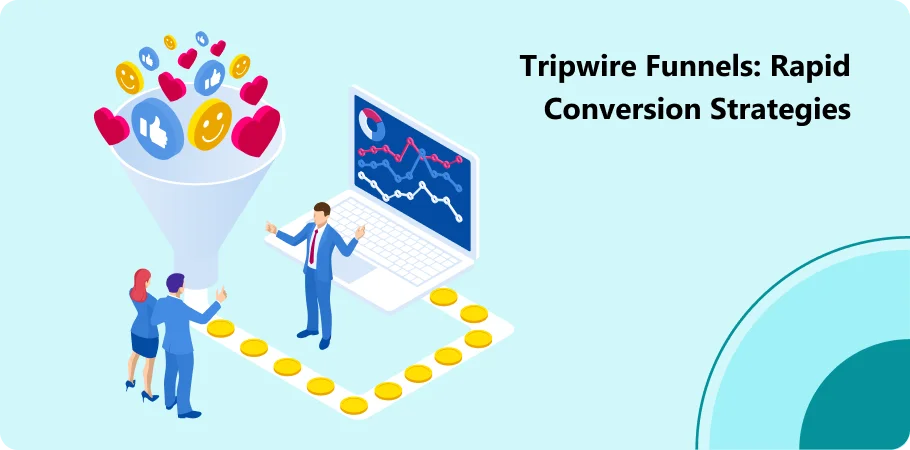
Tripwire funnels represent a dynamic approach to swiftly converting interested prospects into paying customers, making them invaluable for both e-commerce stores and service-oriented businesses alike. These funnels are strategically crafted to guide potential customers seamlessly through every stage of their customer journey.
Engaging Sales Letter and Webinar Attendees: At the outset of a tripwire funnel, businesses often employ a compelling sales letter or webinar to captivate and inform prospective customers. This initial engagement serves to highlight the value proposition and benefits of the product or service, laying the groundwork for conversion.
Customer Journey Optimization: Throughout the tripwire funnel, emphasis is placed on optimizing the customer journey. This involves strategically placing enticing offers or incentives, such as discounts or limited-time promotions, to encourage immediate action and purchase decisions.
E-commerce Store Integration: For e-commerce stores, tripwire funnels are particularly effective in showcasing products and guiding visitors through a streamlined purchasing process. By leveraging effective funnel strategies, businesses can enhance their online presence and increase sales conversions.
Maximizing Funnel Effectiveness: To maximize the effectiveness of tripwire funnels, businesses should continuously analyze and refine their strategies. This includes monitoring conversion rates, adjusting offers based on customer feedback, and leveraging data analytics to optimize funnel performance.
Case Studies: Real-World Sales Funnel Applications
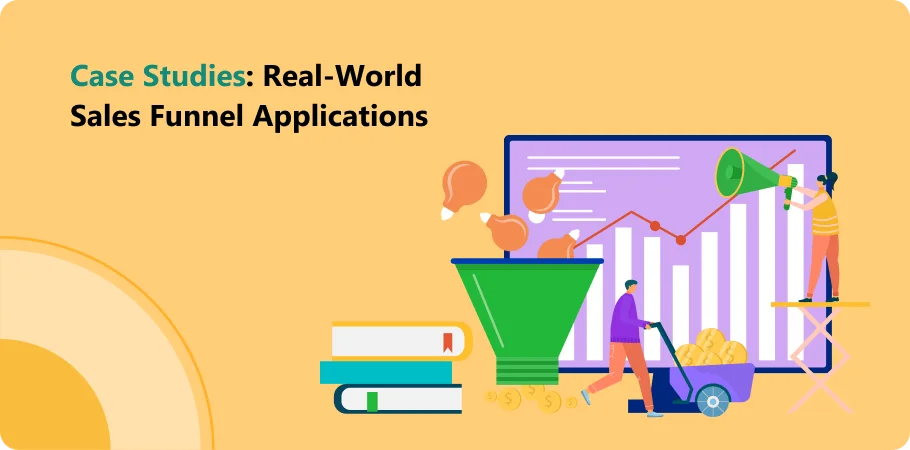
Exploring real-world applications of sales funnels reveals their diverse types and their crucial role in converting leads into paying customers. Each funnel, whether it’s a squeeze page funnel, tripwire funnel, or webinar funnel, follows a step-by-step approach to guide prospects through the customer journey.
These funnels integrate seamlessly into online business models, leveraging effective marketing funnel strategies such as post-purchase upsell offers and order form bumps to attract new customers and maximize sales opportunities. Understanding the nuances of different sales funnels—from landing pages to sales pages—is essential for optimizing marketing efforts and achieving sustainable business growth.
Strikingly Website Builder
Effective marketing involves tailoring various types of sales funnels to reach and convert diverse audiences into paying customers. Whether utilizing a squeeze page to capture leads or a sales page to showcase products, each funnel is strategically designed to guide prospects through the customer journey.
Incorporating elements like lead magnets and opt-ins helps initiate engagement, while post-purchase upsell offers and order form bumps enhance conversions. Understanding the nuances of different sales funnels, such as webinar funnels, is crucial for optimizing strategies and achieving sustained business growth.
Metrics and Analytics in Sales Funnel Evaluation
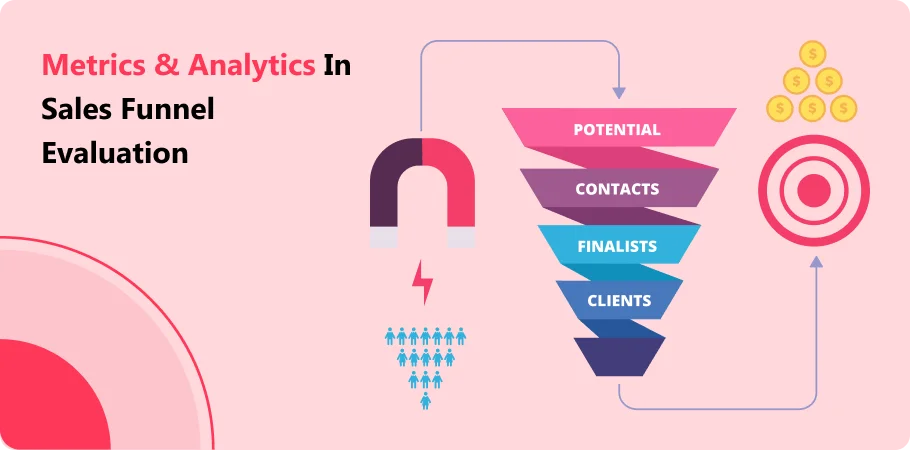
Metrics and analytics are pivotal in evaluating the effectiveness of various types of sales funnels in converting leads into paying customers. From the initial engagement on squeeze pages and landing pages to the conversion tactics in a typical webinar funnel, every stage is measured to optimize performance.
Understanding Lead Magnet Effectiveness: Lead magnets on squeeze pages and landing pages serve as entry points for potential customers, encouraging them to opt in and initiate the customer journey. Monitoring opt-in rates provides insights into the magnet’s appeal and its ability to attract leads.
Maximizing Conversion Opportunities: During a typical webinar funnel, engaging content and post-purchase upsell offers are key to converting leads into paying customers. Metrics such as conversion rates and post-purchase upsell acceptance rates help refine strategies for maximizing revenue.
Analyzing Opt-in and Conversion Rates: Opt-in rates across different funnel stages provide valuable data on audience interest and engagement levels. Conversion rates, from lead to paying customer, reflect the funnel’s efficiency in guiding prospects through the sales process.
Overcoming Challenges in Funnel Implementation
Implementing effective sales funnels involves overcoming various challenges, from optimizing squeeze pages and landing pages to strategically placing post-purchase upsell offers and order form bumps. Each component plays a crucial role in guiding potential customers through the conversion journey.
Optimizing Squeeze and Landing Pages: Squeeze pages and landing pages are critical entry points into the funnel, where businesses capture leads and initiate customer engagement. Challenges often revolve around optimizing these pages to maximize opt-ins and ensure they effectively convey value propositions.
Strategically Placing Post Purchase Upsell Offers: Post-purchase upsell offer are strategically positioned to maximize revenue opportunities. Challenges may include identifying the right timing and offer relevance to encourage customers to add more items to their purchase.
Enhancing Conversion with Order Form Bump: Order form bumps are additional offers presented during the checkout process. Challenges can arise in crafting compelling offers that complement the initial purchase without overwhelming customers or causing distraction.
Optimization Tactics for Peak Funnel Performance
Achieving peak performance in sales funnels requires strategic optimization of critical components like squeeze pages and landing pages. These elements serve as pivotal entry points where potential customers are engaged and guided through the conversion journey.
Enhancing Squeeze Pages: Squeeze page are designed to capture visitor information, typically through opt-in forms or lead magnets. Optimization focuses on compelling copywriting, clear calls-to-action (CTAs), and minimal distractions to maximize conversion rates.
Optimizing Landing Page: Landing page play a crucial role in converting leads into customers by presenting relevant offers or information. Optimization involves A/B testing headlines, imagery, and layout to ensure they align with customer expectations and drive desired actions.
Continuous Testing and Iteration: To maintain peak performance, ongoing testing and iteration of squeeze and landing pages are essential. Analyzing metrics such as bounce rates, conversion rates, and time on page helps identify areas for improvement and refinement.
Automating Sales Funnel Processes Effectively
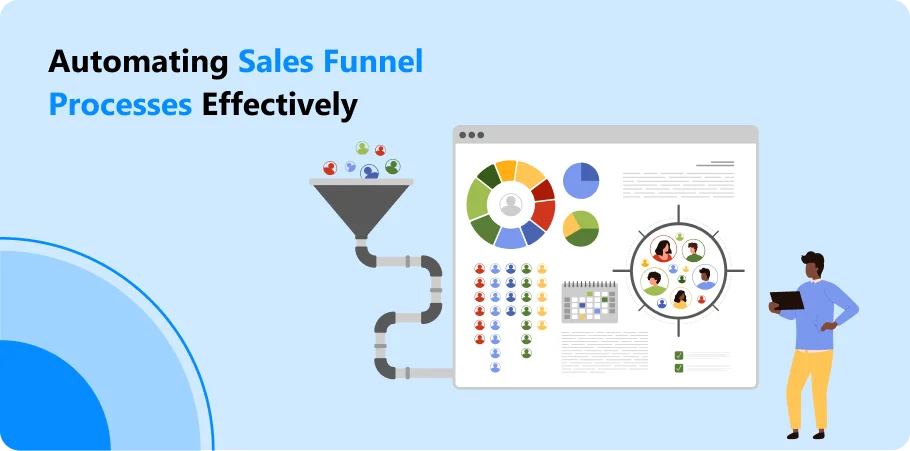
Automating sales funnel processes, including the optimization of landing pages, is crucial for streamlining customer journeys and improving conversion rates. Landing pages serve as pivotal entry points where potential customers are engaged and guided through the funnel’s stages.
Implementing Automated Workflows: Automated workflows facilitate seamless transitions between funnel stages, ensuring timely and personalized interactions with leads. By integrating landing pages into these workflows, businesses can capture visitor data and initiate tailored follow-up actions.
Personalizing Customer Interactions: Automation allows for personalized customer interactions based on landing page interactions and user behavior. Tailored content and offers presented on landing pages can be dynamically adjusted to enhance relevance and engagement.
Analyzing and Iterating: Automated analytics provide real-time insights into landing page performance, enabling businesses to identify trends, optimize conversion paths, and iterate strategies for continuous improvement.
Conclusion
Each type of sales funnel, from product launch to webinar and lead magnet funnels, plays a unique role in guiding potential customers through the buyer’s journey, addressing their needs at different stages.
By leveraging effective strategies such as post-purchase upsell offers and optimizing landing pages, businesses can enhance engagement, drive conversions, and foster customer loyalty. Automation further streamlines these processes, allowing for personalized interactions and continuous improvement based on real-time analytics.
With its robust features for lead management and customer relationship nurturing, complements these efforts by centralizing data and automating workflows. By integrating CrmOne into their sales funnel strategies, businesses can cultivate stronger customer relationships, improve retention rates, and ultimately achieve sustainable growth.
Get started for Free
Start for free today. Boost your sales by clicking the Get Started button. With CrmOne, you can manage leads, sales, and customer service all in one place.
